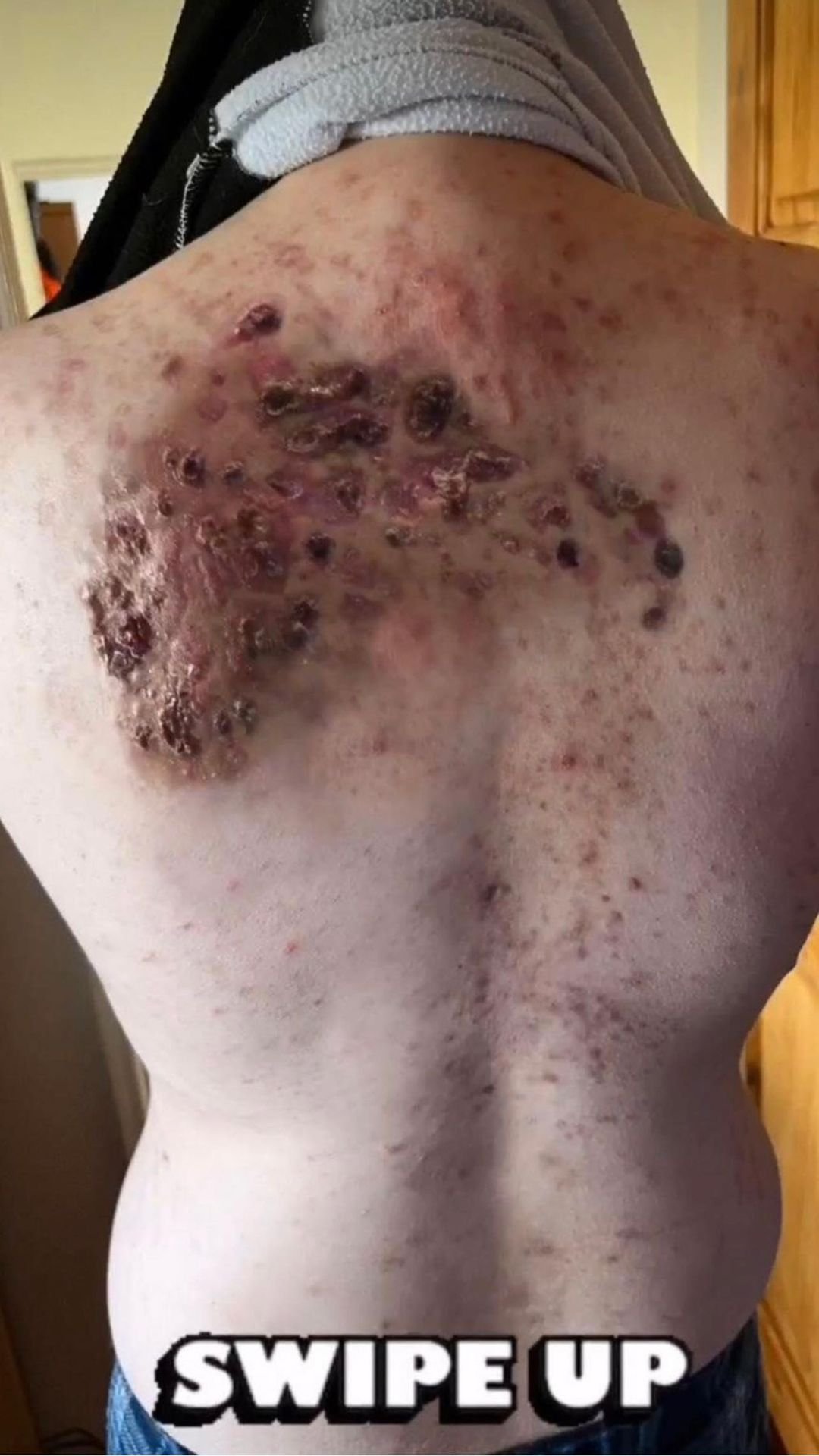In recent years, there has been a noticeable increase in the number of severe skin infections reported across various demographics. The image above starkly illustrates the severity such infections can reach, highlighting the need for greater awareness and understanding of these conditions. This article delves into the causes, symptoms, and preventive measures associated with severe skin infections, with a focus on maintaining skin health.
Understanding Severe Skin Infections
Severe skin infections can manifest in various forms, from bacterial infections like cellulitis and impetigo to fungal infections such as ringworm and yeast infections. These conditions are not only painful but can also lead to significant complications if not treated promptly and effectively.
Bacterial Infections: These are often caused by common bacteria such as Staphylococcus aureus or Streptococcus pyogenes. Symptoms include redness, swelling, warmth, and pus-filled lesions. Methicillin-resistant Staphylococcus aureus (MRSA) is a particularly dangerous strain due to its resistance to common antibiotics.
Fungal Infections: Fungal infections thrive in warm, moist environments and can be particularly persistent. Symptoms include red, itchy patches, scaling, and blisters. Conditions such as athlete’s foot, jock itch, and candidiasis fall under this category.
Viral Infections: Though less common, viral infections like herpes simplex can cause severe skin issues, characterized by painful blisters and sores.
Causes and Risk Factors
Several factors contribute to the development of severe skin infections:
- Compromised Immune System: Individuals with weakened immune systems are more susceptible to infections.
- Poor Hygiene: Lack of proper hygiene can lead to the accumulation of bacteria and fungi on the skin.
- Skin Injuries: Cuts, abrasions, and other skin injuries provide an entry point for pathogens.
- Chronic Conditions: Diabetes, eczema, and other chronic conditions can increase the risk of infections.
- Crowded Living Conditions: Overcrowding can facilitate the spread of contagious skin infections.
Prevention and Treatment
Preventing severe skin infections involves maintaining good hygiene and taking proactive measures to protect the skin:
- Regular Cleaning: Wash the skin regularly with mild soap and water to remove bacteria and fungi.
- Moisturizing: Keep the skin hydrated to maintain its barrier function.
- Protective Clothing: Wear appropriate clothing to protect the skin from injuries and harsh environmental conditions.
- Immediate Wound Care: Clean and cover any cuts or abrasions to prevent infection.
- Avoid Sharing Personal Items: Do not share towels, razors, or clothing to minimize the risk of spreading infections.
For treatment, it is crucial to consult a healthcare provider for proper diagnosis and medication. Antibiotics, antifungals, or antivirals may be prescribed depending on the type of infection. In severe cases, hospitalization may be necessary to manage the condition effectively.
The Importance of Awareness
Raising awareness about the causes, symptoms, and preventive measures of severe skin infections is vital. Early detection and treatment can prevent complications and promote better health outcomes. As seen in the image, the consequences of ignoring early symptoms can lead to extreme and painful conditions.
In conclusion, maintaining skin health through good hygiene practices, prompt treatment of injuries, and seeking medical advice when necessary are key to preventing severe skin infections. By staying informed and vigilant, we can protect ourselves and our communities from these debilitating conditions.

